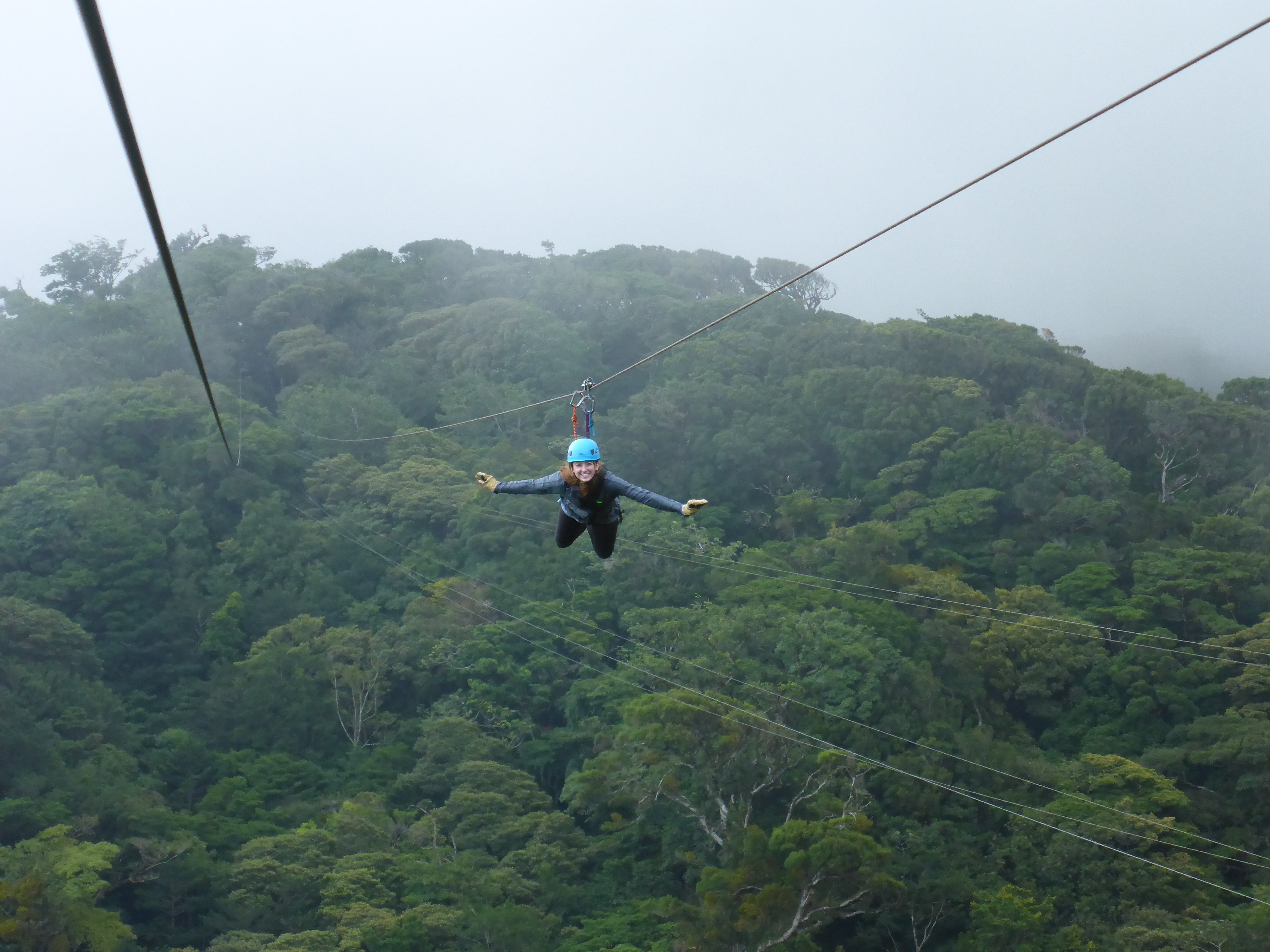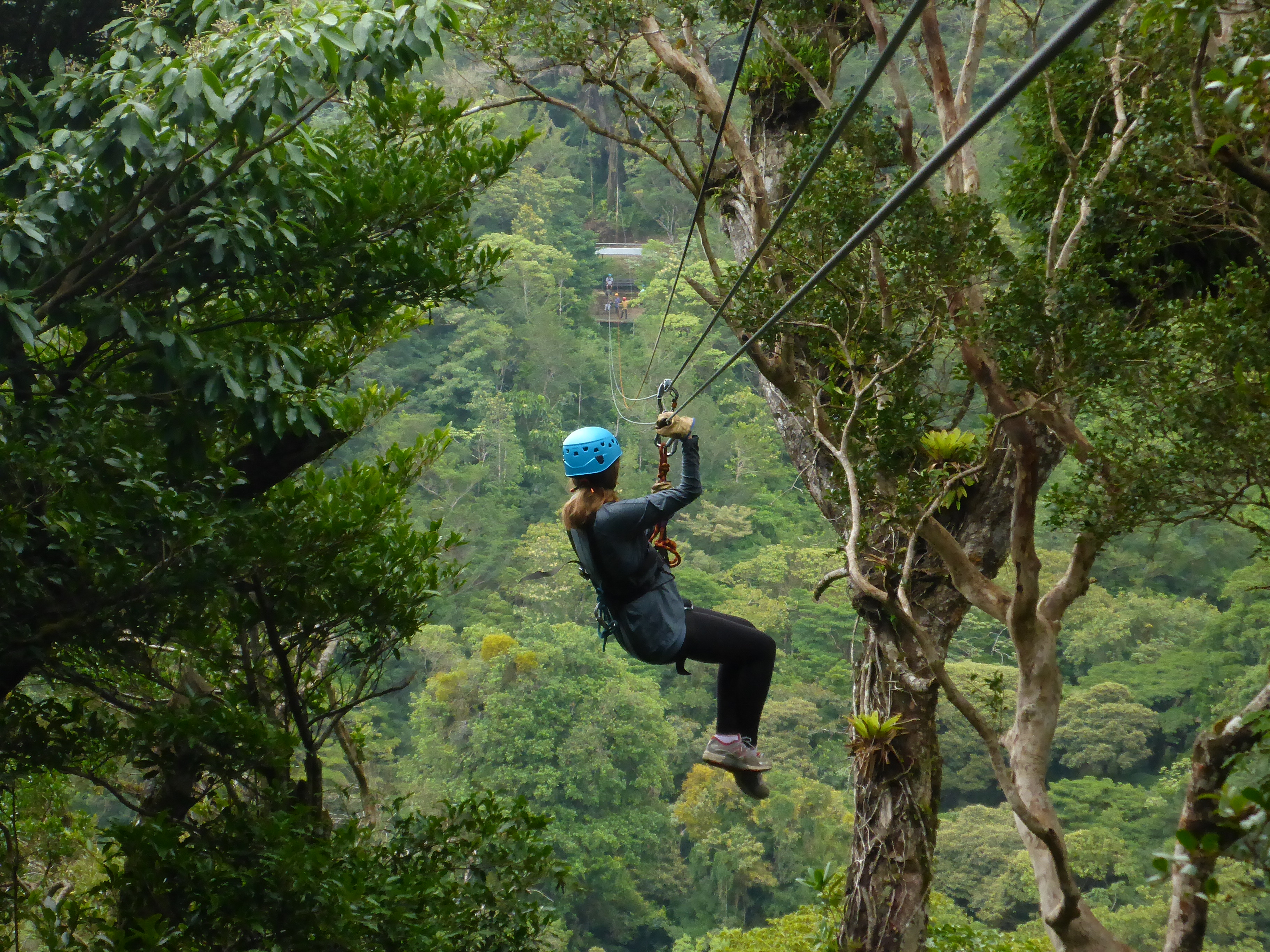This past week was completely devoted to our implementation project! The implementation project was created by last year’s Rice students who identified a need with peritoneal dialysis patients. We were given their background research and Solidworks designs with dimensions.
The implementation project was a tremendous learning experience in the realm of design. Our goals at the end of this week were to build a cost effective prototype and receive patient/clinician feedback. Three major teams emerged based on our goal: Materials team, Design Team, and Testing Team. I was in the materials team, and we were in charge of finding local materials for Design Team, optimizing cost through analysis, and tracking labor and manufacture costs. Design Team edited previous design concepts and built the prototype, and Testing Team organized all the people and resources necessary to transport and test the prototype. However, we all helped and gave input with the other teams throughout the week.
I wasn’t sure what to expect during implementation week. I was mentally prepared for long days, late dinners, and for things to go un-according to plan. What I wasn’t quite ready for was the extreme shortage of time- we only had 5 days to create a working prototype from nothing! As a result, we had to make decisions fast and stick to them. This was hard for me, since I tend to take the time to quadruple-check things before I commit(i.e. answers on a test, packing for Costa Rica, my sanity before ziplining). Time is a trap for engineers- we like to find the best solution to things. The problem is, there’s multiple right answers.
One example was the sink for our prototype. One would think this is an easy decision- go to the store, buy a sink, install it, and voilà- hands are ready to be washed. But for us engineers, the sink proved to be a challenging and complex sub-design in our prototype. Here are a few of the questions that came up during the design process:
- Do we buy a sink or make a sink?
- Do we choose a cheap material that is hard to weld, or an expensive material that is easy to weld?
- Big sink or small sink?
- Deep sink or shallow sink?
- How will the water enter and drain out of the room?
- Extendable faucet? Steady stream of water or shower spray?
- Anti-corrosion material?
- How do we install the sink so that it is structurally stable?
- Is the sink design easy to clean?
- What exactly is “easy to clean”?
This list is a fraction of what we considered during the implementation. As you can see, it hinges on cost of materials, design parameters, and patient preferences. Picking solutions satisfying the design criteria is what I believe to be the most challenging part of the design process. Certain criteria are higher prioritized compared to others, and there’s limited cost-effective resources in Costa Rica. Although there are engineering techniques that help with the decision process(pugh matrices, FMEA, CAD) I now see where experience can expedite the process. I’m thankful for the hands on learning experience and for Dr. Richardson who gave us nearly complete autonomy during the project. He let us struggle and grow through trial and error as we navigated through the design process.
Testing the prototype at the end of the week was rewarding- doctors, patients, and hospital staff evaluated our prototype with helpful criticism and positive reviews. One patient thought the chair and other accessories were “too relaxing”, another preferred completely opaque materials for the walls and ceiling, and some thought the sink was too big. Overall, our first prototype got good reviews, and it was a great finale to a long and rewarding week.
(Apologies, I couldn’t figure out how to rotate the video! Here I am demonstrating how to wash hands)
To recap, here are some statements that resonate with me and our 5-day design implementation:
- Make good decisions fast and stick with them
- Things don’t go according to plan
- There is no such thing as a perfect first prototype
- Patient feedback may contradict some design assumptions
After a long week, the team took a detour to explore Monteverde on Saturday as we drove to Santa Ana(we will spend the rest of the summer there). We booked a ziplining adventure which included 9 ziplines, a rappel, and a Tarzan swing. It truly felt as if I was flying! Continuously amazed with this beautiful country and what it has to offer in both medical technology and nature!!


